Five Things 03
90s Apple Quartz Watch, Italian Shaving Cream, Unreleased New Order Remixes, Finnish Knife Sharpening, and Fugazi for Friday, May 2, 2025
Welcome to the third installment of Selectism: Five Things, a weekly roundup of five things that caught my attention over the past week.
Before we dive in, a big thank you to everyone who came out to my conversation with Walshy Fire last week at Dale Zine in Miami’s Design District. I truly appreciate the warm welcome. Not only was it an incredible chance to talk with Walshy on his new book, it offered me an opportunity to connect with new faces from Miami’s music scene. As well, Dale Zine is one of the great independent bookstores down here. Get out there and support your local bookstore.
Finally, we have our first contribution to Selectism, a short take by Jake Breinholt. Jake, of course, was an early member of our team, photographing and covering New York City before we officially opened our first office in January 2012.
He’s not just a photographer—he’s a maker. A guy who loves using his hands to build things. Motorcycles, garages, homes—you name it, he prefers a manual way of life.
With that in mind, Jake shares a look at why his favorite shaving cream matters so much to him. Welcome, Jake.
Thanks for reading and, if you like what we’re doing, please do share Selectism with you friends - it’s makes a world of a difference in spreading the love.
— Jeff
Arthur Baker’s Unreleased Remixes of New Order’s “Confusion” Listening Session
Arthur Baker is undeniably one of the most important producers and remixers in the evolution of hip-hop, electro, and dance music. His production on “Planet Rock” by Afrika Bambaataa and the Soulsonic Force is widely recognized as a turning point in electronic music — but that’s just one highlight in a discography stacked with game-changing music made with everyone from Bruce Springsteen, David Bowie, Diana Ross, Al Green and The Rolling Stones to name a few gods.
Among his most iconic works is his role as producer and co-writer of New Order’s fourth single, “Confusion” — a 1983 club banger that collided post-punk, electro, and hip-hop. It became a breakout hit in U.S. club culture, solidifying Baker’s production power both here and globally.
As critic Simon Reynolds, author of “Rip It Up and Start Again” put it:
“Arthur Baker’s work on ‘Confusion’ turned New Order into one of the first British bands to break into New York’s club scene. It was post-punk with a hip-hop backbeat — a bridge between Factory Records and the Fun House.”
This past Sunday in Miami — some 42 years after the release of “Confusion” — Arthur Baker played eight unreleased New Order remixes of the track for a small group gathered at Reserved, Miami.
None of the mixes, played direct from the original session reels, had ever been played for the public before.
The private listening is part of a series of one-off sessions Baker is hosting in the lead-up to his forthcoming autobiography, Looking for the Perfect Beat: Remixing and Reshaping Hip-Hop, Rock and Rhythms, set for release on October 7. More with Arthur Baker soon.
Please enjoy these short video clips of unreleased New Order “Confusion” remixes.
Upside Down Punks: The Strange but True Story of That Fugazi Basketball Hoop Show
Saying I’ve waited 35 years for this zine is an understatement. Upside Down Punks by J. Hunter Bennett is a 36-page zine that tells the story behind one of punk’s most iconic photographs: Fugazi’s Guy Picciotto hanging from a Y.M.C.A. basketball hoop on August 7, 1988.
Looking back, we can now say without question that this unlikely photograph by Sean Gustilo, went viral for the era where zine played a very important role in keeping fans of the music updated on the happenings in local scenes. I recall seeing it for the first time in 1990 or 91 in an eight page mini-zine. Years later, on the Internet, I would find a color digitized version of it, which i quickly proceeded to print and slap on my wall. If there was any t-shirt I’ve wanted to make, it would be Gustilo’s photo of Picciotto.
I had no real background on what happened at that show now. “Upside Down Punks” is the first real document to collect went down that afternoon in Philly.
The blurb from the zine’s publisher, Microcosm, says it best:
In the summer of 1988, a star-struck teenager with zero concert promotion experience booked a fledgling DC punk band called Fugazi to play a decrepit gymnasium in a forgotten section of Northeast Philadelphia. Attendance was sparse, conditions were sweltering, and the sound sucked. But thanks to time, technology, the rise of social media—and Fugazi singer Guy Picciotto stuffing himself through a basketball hoop—that once-disappointing show is now “legendary.”
Little did anyone expect Picciotto to climb into the basketball hoop during the song “Glue Man,” but luckily, Sean Gustilo was there to capture the moment.1
“Upside Down Punks” is absolutely phenomenal, collecting writings and rarely seen photographs from that event, including images of Scram, the Philly reggae-punk band that opened the show.
The introduction by Mike Lynch offers a glimpse into the mindset of Ian MacKaye, who formed Fugazi after the breakup of his previous band, Minor Threat, as well as Lynch, who outperforms almost anyone in his status as a curator and forward mover of the music. Without him, we may have never had this particular Fugazi show nor the moment.
The correspondence between Lynch and MacKaye, written during a period when MacKaye was between bands, provides small but revealing insights into that transitional moment.
“Upside Down Punks” zine is available in limited numbers from Microcosm, and independent zine and book sellers for $8.
Fugazi just announced they’re bringing their “Live Series” recordings to Bandcamp. The first release—their final show in London, England, recorded on November 8, 2002, is available now.
Proraso Shaving Cream
When I was a youngster, I was fascinated with my dad’s shaving routine. He used a double edged razor. It was the type that opened up like a couple of mini Bilco doors by twisting the grip to replace the blades. The thing that I remember the most, is the way that he would whip up his shaving cream in a little bowl and the ensuing soapy musk that would fill the bathroom. The scent from my dad’s shaving cream would permeate the house until he left for work.
On Christmas morning five-or-so years ago, I discovered a large metal tube of Proraso, which I had initially assumed was hand cream, inside of my Christmas stocking. Upon closer examination, I learned that it was actually shaving cream, apparently of Italian origin. Later that week, I tried it out for the first time. The resulting experience took me back to those mornings watching my dad get ready for work. Nostalgic aroma aside, the stuff worked great.
I, like my dad back in the day, spend most weekdays in an office. Even though office attire and grooming standards have relaxed significantly in the last decade, I still spend my mornings getting ready for work, occasionally with my youngster at my side. I typically wear a beard these days, but I do shave my neck (and around my nose and high cheek areas) a few times per week. I have become such a fan of Proraso that it is one of the few items to consistently show up on the Christmas request list to my wife every year.
With the copious amounts of faux retro workmanship (vinyl fake-tin ceiling tiles, peel-n-stick ‘damask’ wall paper, pre-distressed jeans/sneakers, etc..) encountered at every turn, these days, my default has become to just assume it’s all fake. For those questioning the legitimacy of the old-timey Italian barbershop slant (I did), according to the website, Proraso was originally started in Florence around 1948. I was glad to learn that the classic style of branding on the tube was not just a marketing ploy to convey a fake sense of heritage. In the meantime, I enjoy the great shave that I get whenever I use the stuff, the accompanying nostalgia, and the idea that I’m perhaps creating similar memories for my own fledgling son. — JB
A tube of Proraso Shaving Cream is around $8.50.
Apple “System 7.5 Update “ Quartz Watch
Fans of classic Apple and Macintosh things will likely be familiar with Nick Malisani and his amazing @collectingapple Instagram account. Nick is the plug for all things early Apple and Macintosh including t-shirts, ephemera and the random one-off from Apple that keep fans baffled today. Recently, Jon Gaffney up in New Hampshire sent me a Fb Marketplace link for a hard-to-find official Apple Macintosh desk- the same desk Nick features here. In short time, Nick gave the lowdown and I went off on my way to bargain for a table that was thousands of miles from me, with no place to store it.
I keep tabs on Nick and @collectingapple, so when he posted this unique Apple watch from the late 1990s, I knew it was worth a share:
The Apple “System 7.5 Update” watch is a time capsule into 1990s design. Following other simple watch styles from the likes of Swatch and Casio, Apple’s “update” watch has as splendid face that touches on the post-Steve Jobs design era, just as Jobs returned to his old company as iCEO to flip things up again.
I asked Nick to share what he knew about the quartz Apple watch:
This watch was first available in 1995 as a free “choice” upgrade. If you upgraded your Macintosh system software to System 7.5, you could choose a software application or this watch.
The watch was also available in the Apple “Starting Line” catalogs, which sold all of Apple's merch you could get: T-shirts, mugs, pens, everything like that until I believe around 1999.
There's not really much out there for this watch other than it was just given for free via mail order redemption or purchase through Apple’s product catalog.
It is unclear how many of this particular Apple watch were made, but thanks to eBay you can today purchase was in VG- condition for $219.
IKEA ASPEKT Knife Sharpener
Years ago, in Narrowsburg, NY, we invited some friends to spend the weekend. One of them happened to be a pretty serious chef—not just someone who cooks at home, but the kind of chef who works in specialized kitchens.
He knew full well that I was no cook, which is probably why he came prepared, bringing along a set of kitchen tools for the weekend; it was his equivalent of a “go” bag. At some point while prepping dinner, he reached into his bag, pulled out a little black sharpener, ran his blades over it’s rollers, and tossed it back in like it was nothing.
That knife sharpener was the IKEA ASPEKT.
Chef told me it was cheap, reliable, and compact and much easier than hauling around an electric sharpener. He told what if her ever leaves it, no big deal. He just gets another on at IKEA.”
He had me at IKEA. How was a top chef using a plastic IKEA sharpener?
As I looked at it I was surprised to flip it over and see the words “FISKARS FINLAND” written on the bottom. This IKEA sharpener was made in Scandinavia by one of the world’s most respected precision companies. The ASPEKT is essentially a clone of Fiskars 7861 Axe and Knife Sharpener, a design MUJI also appears to have adopted for their 12835882 Knife Sharpener.
It’s got me thinking again about tariffs and how many of the goods IKEA sells are actually made in the United States—or even in Europe. Interestingly, Reuters reports that about 70% of the goods sold in IKEA stores across Europe are produced on the continent, with Poland being a major manufacturer.
So I guess it should come as no surprise that this thing is made in Finland. Either way, it’s a no-brainer to pick up the ASPEKT.
More baffling, the IKEA ASPEKT sells for $9.99, yet it regularly resells on eBay for as much as $30. It’s baffling, especially since even with shipping, it’s still cheaper to buy directly from IKEA.
Wow. Thank you, Youtube for archiving the very moment Guy transcended from singer to punk rock legend.







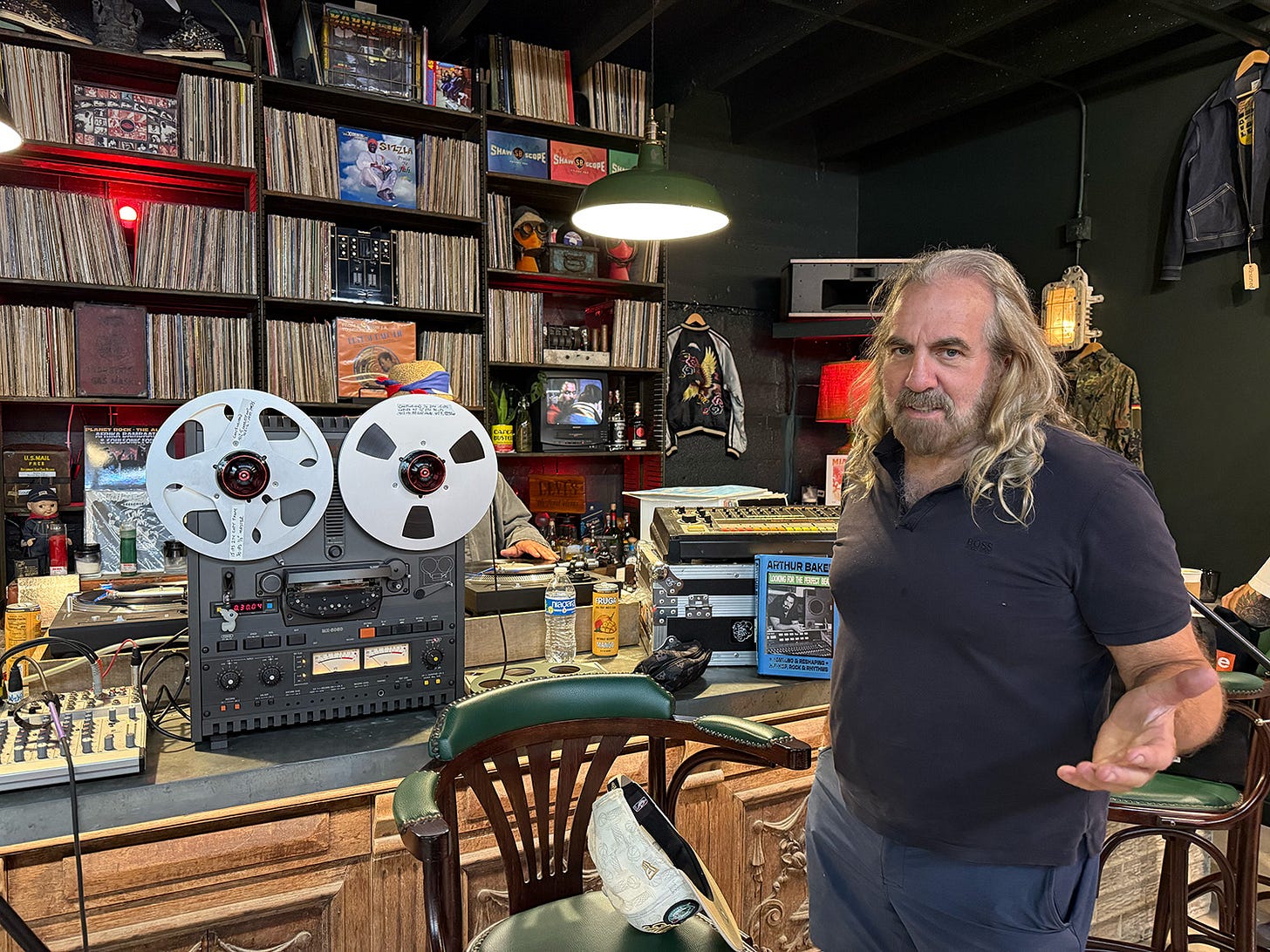
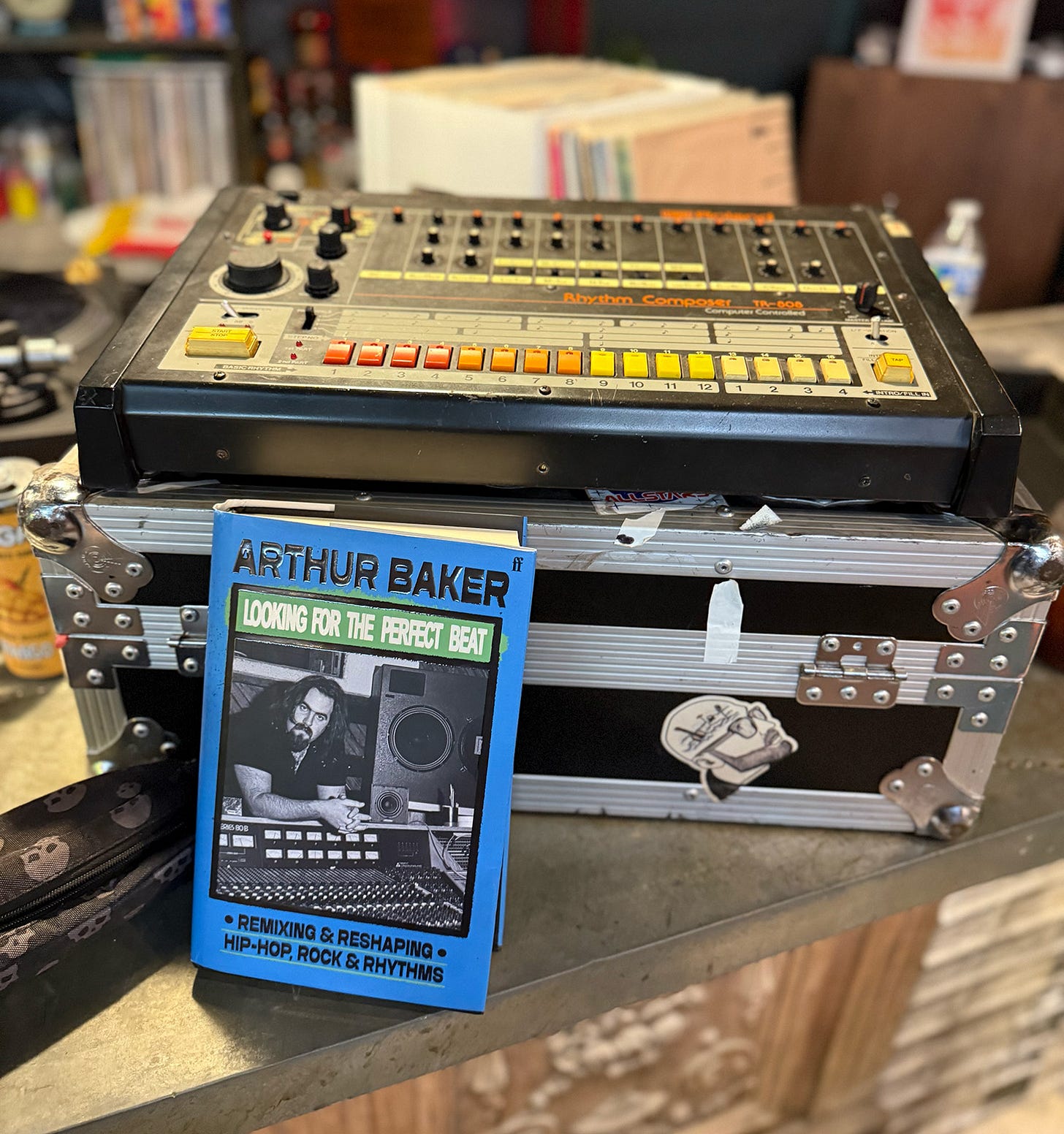
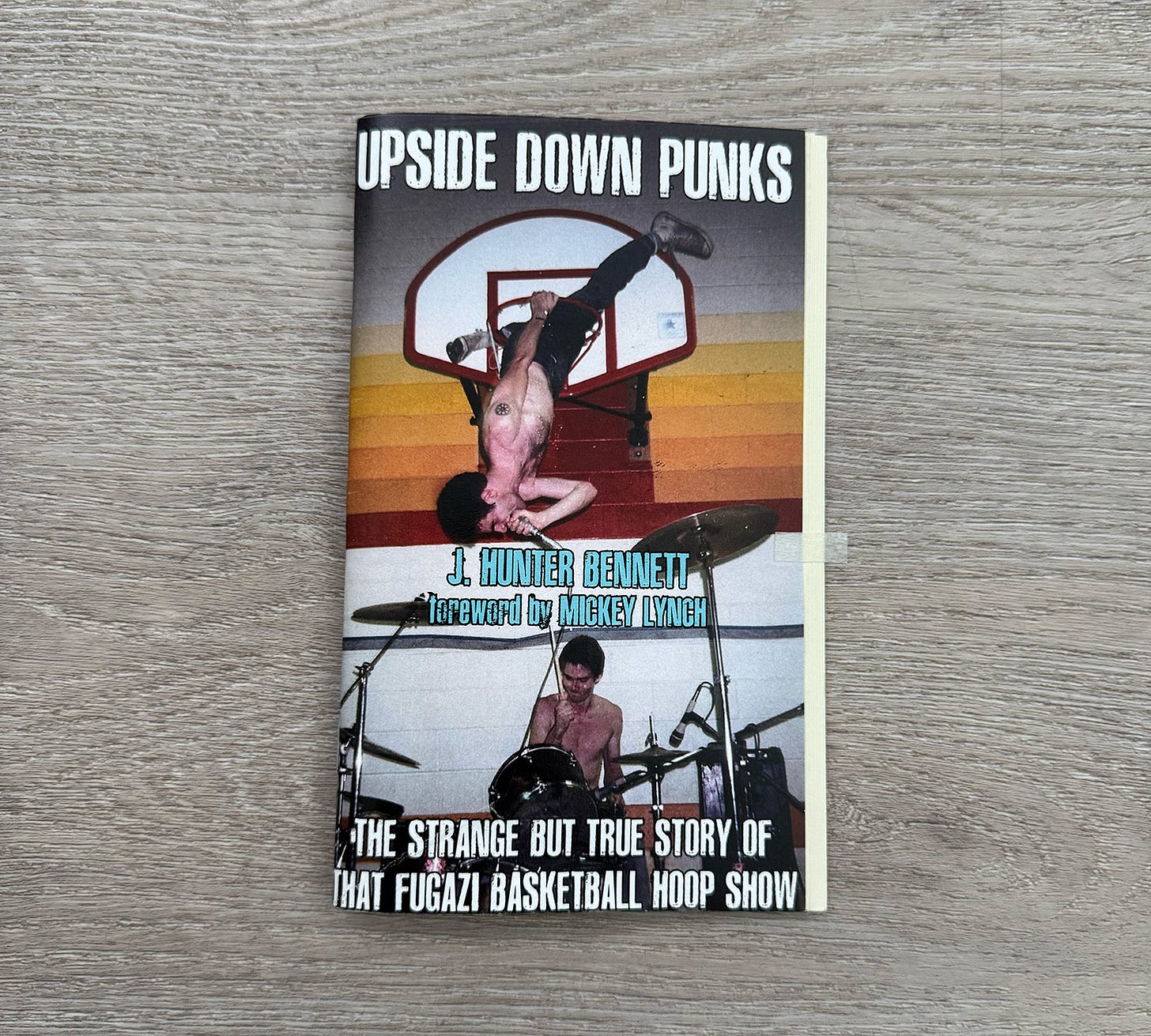
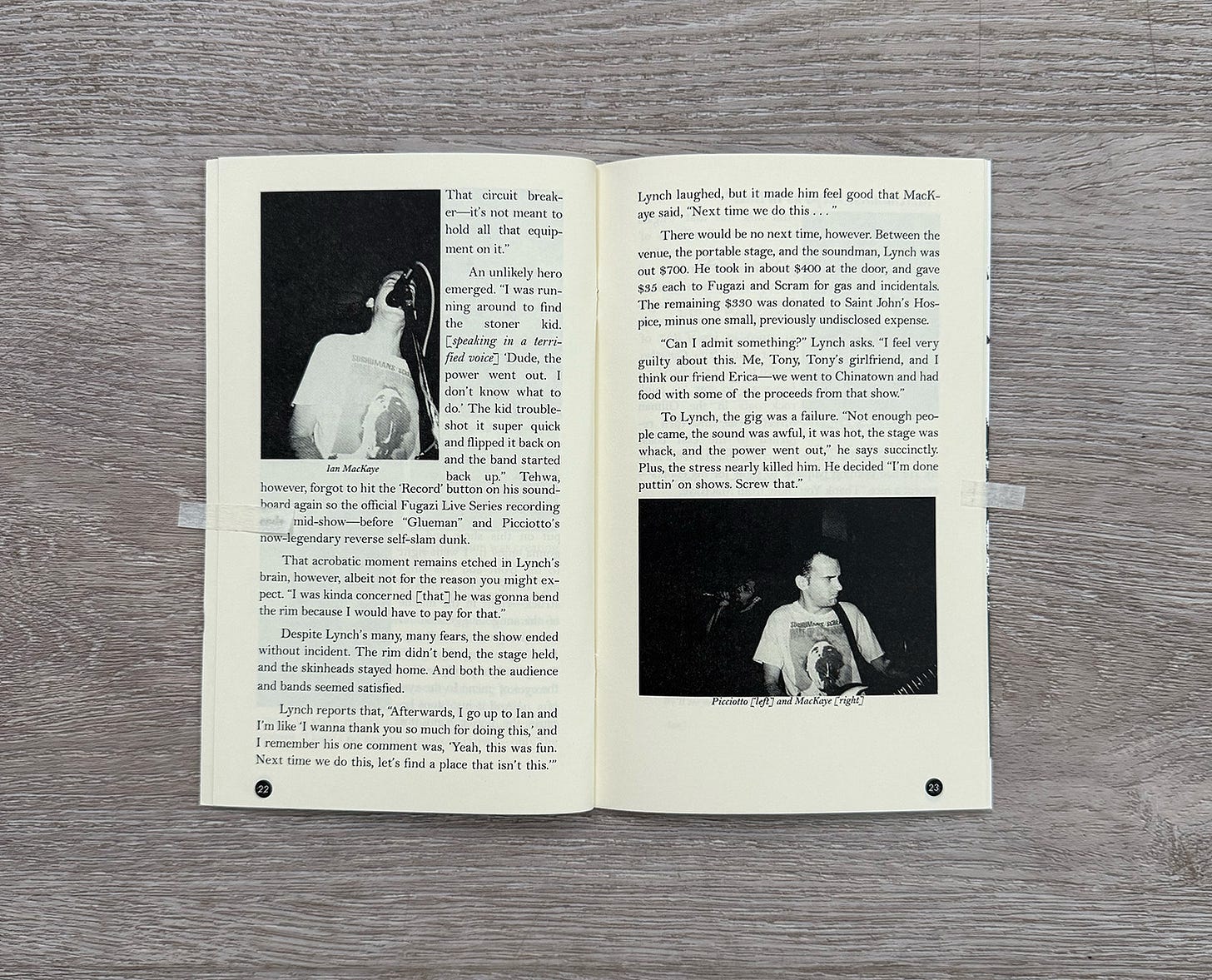

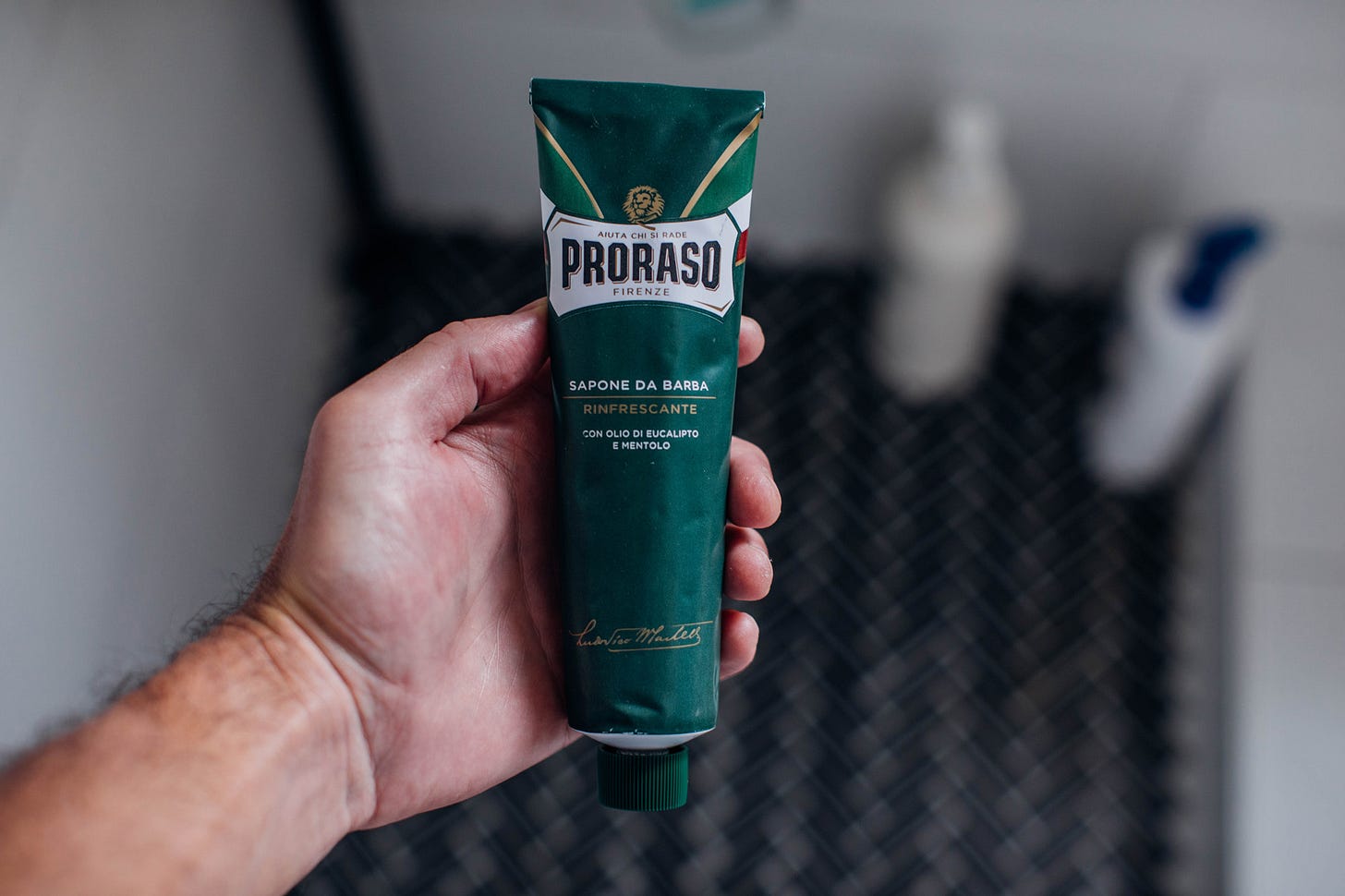
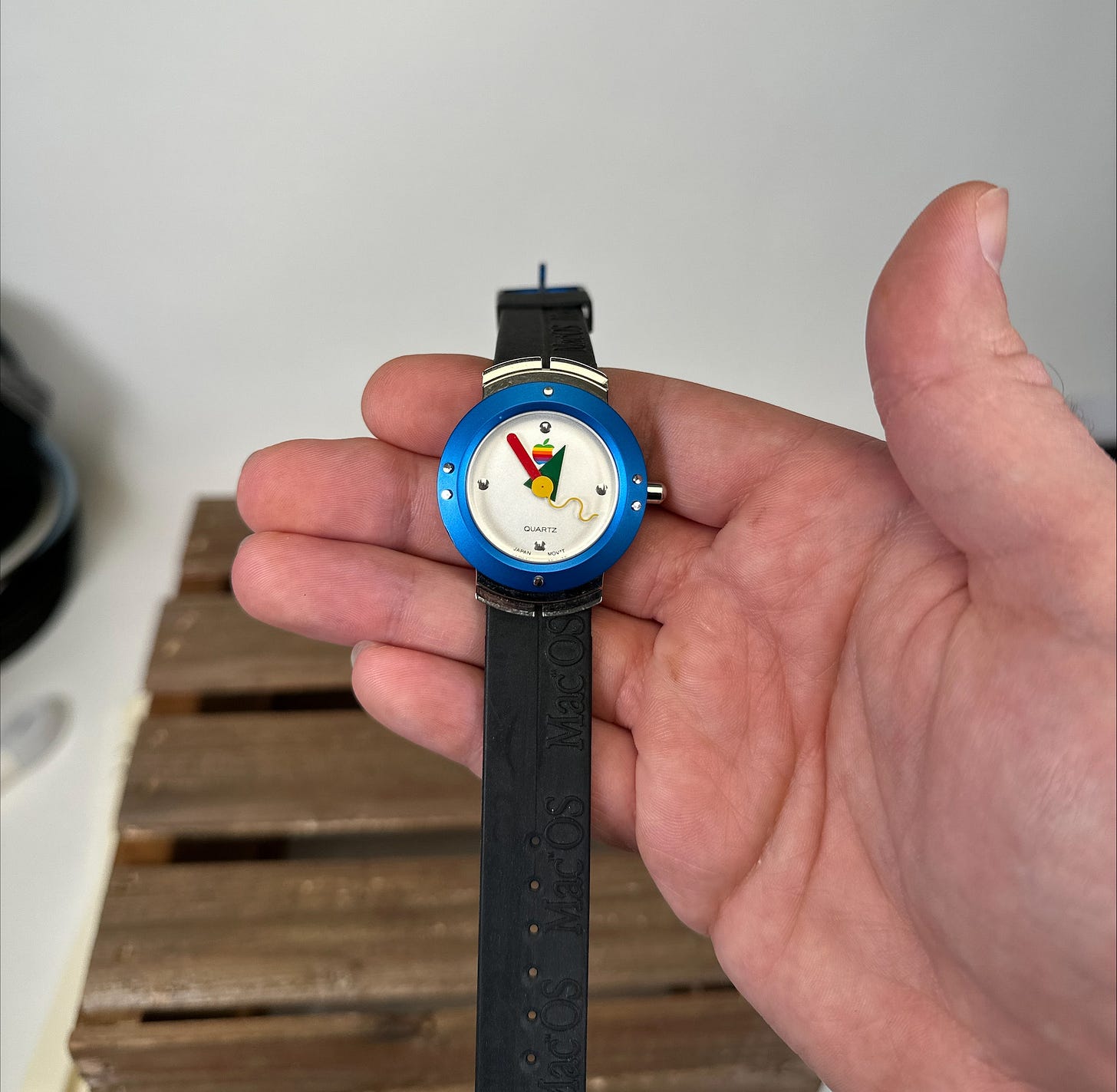
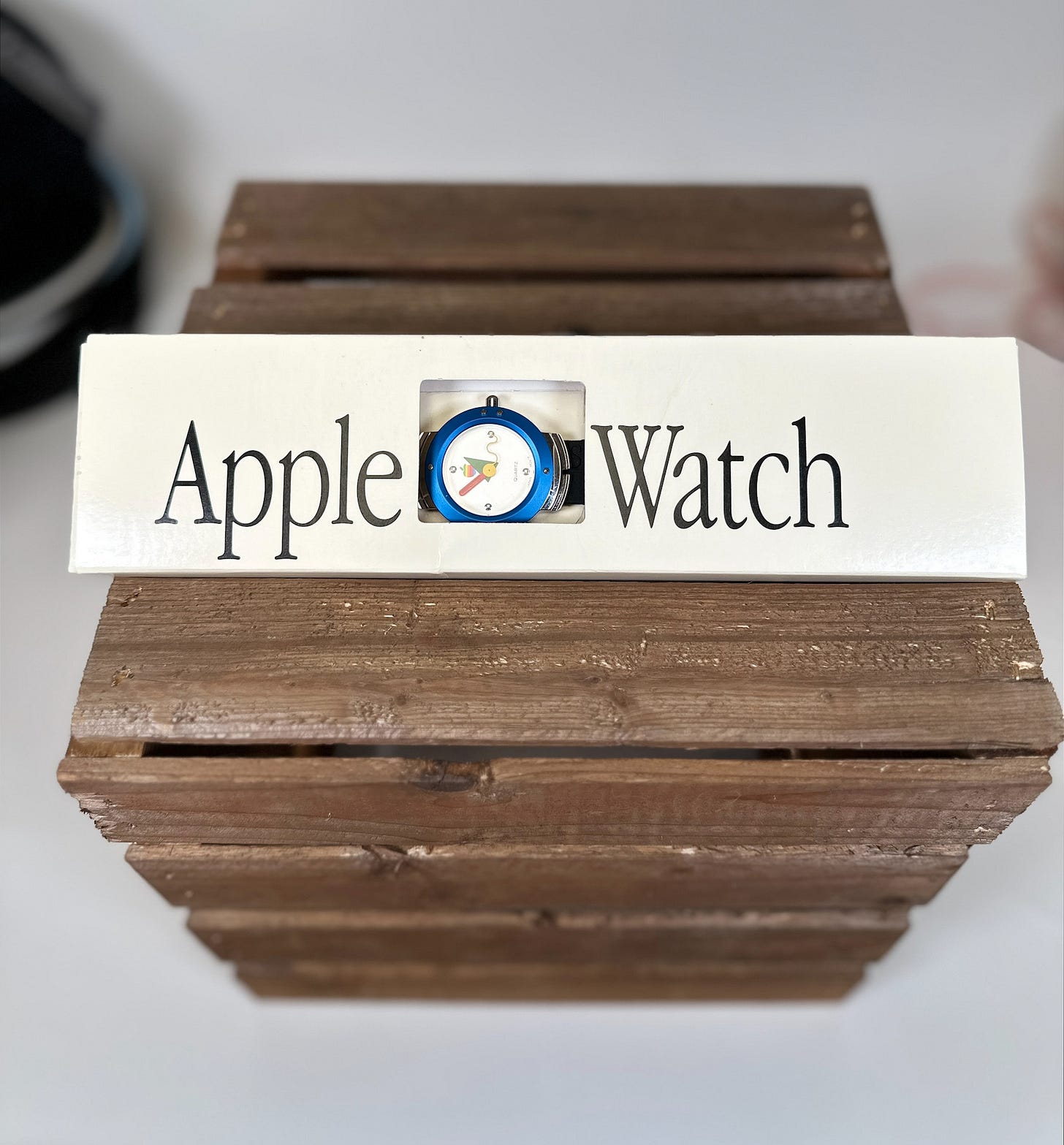



just bought a Fiskars version of the ASPEKT on amazon. Great tip.
I have bought, and passed on, Rip it Up and Start again 3 times. It's one of the best books on post punk music ever written and for that reason needs to be disseminated for educational purposes!